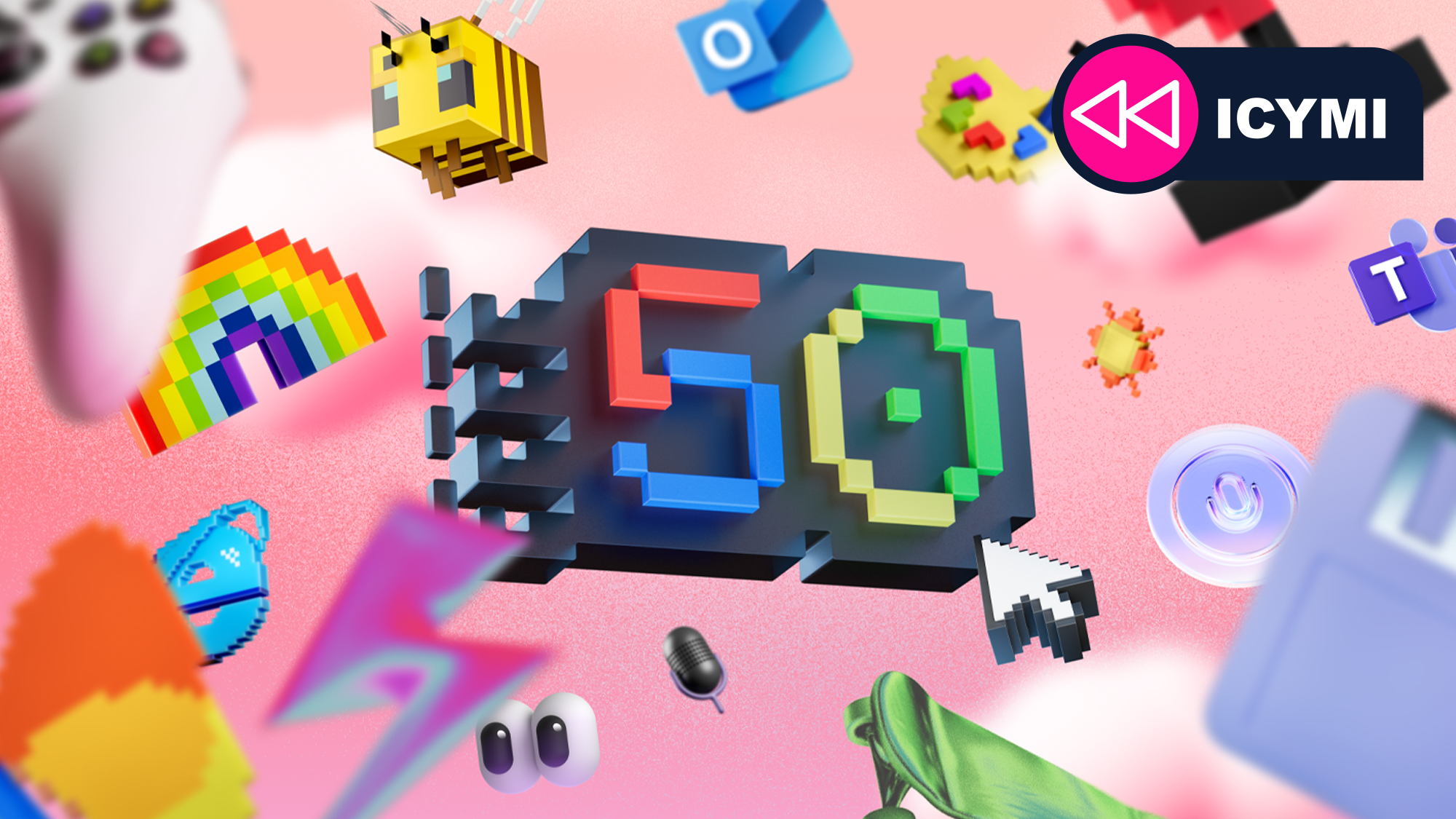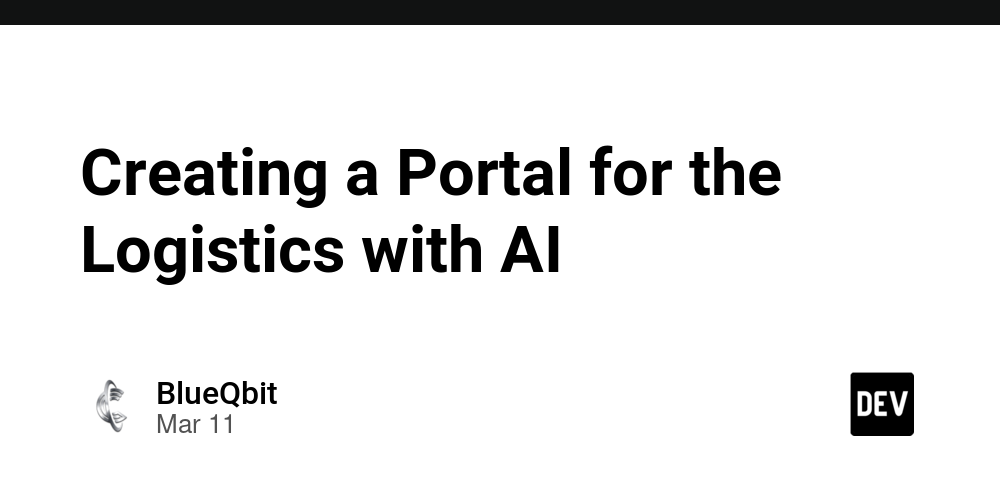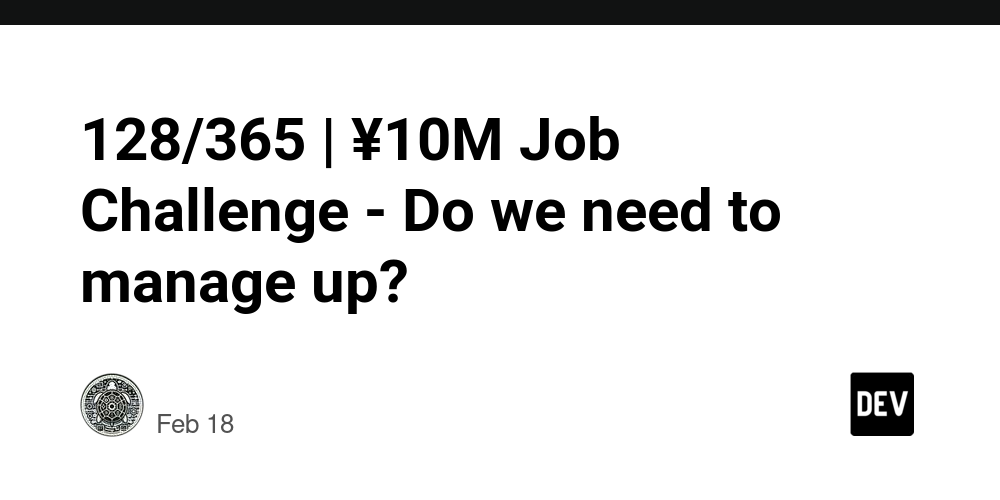Accelerating Open Source with Gitcoin Bounties: A Deep Dive into Sustainable Development
Abstract Gitcoin Bounties are transforming how open source is funded and developed by adopting an economic reward model that leverages blockchain and crypto incentives. In this post, we explore Gitcoin Bounties in detail—from their decentralized reward system to real-world applications, challenges, and future trends. We offer background on the evolution of open source funding, analyze core technical features, and examine how Gitcoin integrates with models such as quadratic funding and GitHub Sponsors. In addition, we highlight practical use cases and provide technical insights into sustainability via tokenization. By incorporating authoritative sources such as What is Blockchain, Open Source Sponsorship, and GitHub Sponsors, as well as expert perspectives from Dev.to posts, this comprehensive overview of Gitcoin Bounties reveals the future of collaborative and financially sustainable open source development. Introduction Open source has long been the backbone of innovation in software development. Traditionally driven by volunteerism and community goodwill, modern challenges have demanded new models to ensure sustainable funding. Gitcoin Bounties provide one such transformation, linking developers with projects that require contributions while offering economic rewards through cryptocurrencies like Ether (ETH). With blockchain technology as the core, Gitcoin has reimagined how contributions are incentivized. This post delves into the mechanics behind Gitcoin Bounties, their technical integration with decentralized finance (DeFi), and the evolving landscape of open source funding. Background and Context The open source ecosystem started as a volunteer-driven model that has grown to become a global phenomenon. However, as projects became more complex, sustainable funding and fair compensation emerged as challenges. Today, developers and maintainers alike require both recognition and financial support to continue innovating. Key developments in this evolution include: Crypto Incentivization: Blockchain technology enabled projects to use cryptocurrencies for payments, moving away from traditional donation models. Decentralized Platforms: Platforms like Gitcoin and GitHub Sponsors provide avenues for developers to receive micropayments while building portfolios. Tokenization: The idea of tokenizing ecosystem contributions helps align funding with community growth. See Sustainability of Open Source through Tokenization for more details. Over the years, models like quadratic funding have further refined the way money flows into open source projects. In addition, support from platforms such as GitHub Sponsors and discussions on Open Source Sponsorship have provided an incentive-based structure that is now rapidly evolving. Core Concepts and Features Gitcoin Bounties integrate several key elements that set them apart: 1. Decentralized Reward System At the heart of Gitcoin Bounties is blockchain technology. This system allows project maintainers to fund bounties using cryptocurrencies like Ether. The decentralized nature ensures that payments are secure and transparent. A detailed explanation is provided in What is Blockchain. 2. The Bounty Lifecycle Gitcoin streamlines the open source contribution process using the following steps: Posting Bounties: Maintainers list tasks that need innovation or bug fixes. Developer Engagement: Developers browse the tasks that match their skills and interests. Submission and Review: Completed work is submitted for maintainer approval. Reward Delivery: Once approved, rewards are dispensed promptly, which motivates sustained engagement. 3. Advantages of the Gitcoin Ecosystem Gitcoin provides numerous benefits that differentiate it from traditional funding models. Some highlights include: Global Accessibility: Developers worldwide can contribute regardless of geographical constraints. Enhanced Project Innovation: Diverse contributions lead to creativity and improved functionality. Career Growth and Recognition: Contributors build technical portfolios and gain community respect. Below is a table summarizing the core features of Gitcoin Bounties: Feature Description Key Benefit Decentralized Payments Use of blockchain and crypto for transparency Secure and fast financial transactions Community Engagement Open task posting and global participation Diverse and innovative solutions Economic Incentives Monetary rewards instead of volunteer efforts Sustainable project development Automated Workflow Streamlined review, submission, and reward mechanisms Reduced administrative overhead 4. Integration with Existing Funding Models Gitcoin aligns well with other models like GitHub Sponsors and traditional crowdfunding. This integration broadens the financial base, allowing projects to receive support through multiple channels as described in Open Source Sponsorship.

Abstract
Gitcoin Bounties are transforming how open source is funded and developed by adopting an economic reward model that leverages blockchain and crypto incentives. In this post, we explore Gitcoin Bounties in detail—from their decentralized reward system to real-world applications, challenges, and future trends. We offer background on the evolution of open source funding, analyze core technical features, and examine how Gitcoin integrates with models such as quadratic funding and GitHub Sponsors. In addition, we highlight practical use cases and provide technical insights into sustainability via tokenization. By incorporating authoritative sources such as What is Blockchain, Open Source Sponsorship, and GitHub Sponsors, as well as expert perspectives from Dev.to posts, this comprehensive overview of Gitcoin Bounties reveals the future of collaborative and financially sustainable open source development.
Introduction
Open source has long been the backbone of innovation in software development. Traditionally driven by volunteerism and community goodwill, modern challenges have demanded new models to ensure sustainable funding. Gitcoin Bounties provide one such transformation, linking developers with projects that require contributions while offering economic rewards through cryptocurrencies like Ether (ETH). With blockchain technology as the core, Gitcoin has reimagined how contributions are incentivized. This post delves into the mechanics behind Gitcoin Bounties, their technical integration with decentralized finance (DeFi), and the evolving landscape of open source funding.
Background and Context
The open source ecosystem started as a volunteer-driven model that has grown to become a global phenomenon. However, as projects became more complex, sustainable funding and fair compensation emerged as challenges. Today, developers and maintainers alike require both recognition and financial support to continue innovating.
Key developments in this evolution include:
- Crypto Incentivization: Blockchain technology enabled projects to use cryptocurrencies for payments, moving away from traditional donation models.
- Decentralized Platforms: Platforms like Gitcoin and GitHub Sponsors provide avenues for developers to receive micropayments while building portfolios.
- Tokenization: The idea of tokenizing ecosystem contributions helps align funding with community growth. See Sustainability of Open Source through Tokenization for more details.
Over the years, models like quadratic funding have further refined the way money flows into open source projects. In addition, support from platforms such as GitHub Sponsors and discussions on Open Source Sponsorship have provided an incentive-based structure that is now rapidly evolving.
Core Concepts and Features
Gitcoin Bounties integrate several key elements that set them apart:
1. Decentralized Reward System
At the heart of Gitcoin Bounties is blockchain technology. This system allows project maintainers to fund bounties using cryptocurrencies like Ether. The decentralized nature ensures that payments are secure and transparent. A detailed explanation is provided in What is Blockchain.
2. The Bounty Lifecycle
Gitcoin streamlines the open source contribution process using the following steps:
- Posting Bounties: Maintainers list tasks that need innovation or bug fixes.
- Developer Engagement: Developers browse the tasks that match their skills and interests.
- Submission and Review: Completed work is submitted for maintainer approval.
- Reward Delivery: Once approved, rewards are dispensed promptly, which motivates sustained engagement.
3. Advantages of the Gitcoin Ecosystem
Gitcoin provides numerous benefits that differentiate it from traditional funding models. Some highlights include:
- Global Accessibility: Developers worldwide can contribute regardless of geographical constraints.
- Enhanced Project Innovation: Diverse contributions lead to creativity and improved functionality.
- Career Growth and Recognition: Contributors build technical portfolios and gain community respect.
Below is a table summarizing the core features of Gitcoin Bounties:
| Feature | Description | Key Benefit |
|---|---|---|
| Decentralized Payments | Use of blockchain and crypto for transparency | Secure and fast financial transactions |
| Community Engagement | Open task posting and global participation | Diverse and innovative solutions |
| Economic Incentives | Monetary rewards instead of volunteer efforts | Sustainable project development |
| Automated Workflow | Streamlined review, submission, and reward mechanisms | Reduced administrative overhead |
4. Integration with Existing Funding Models
Gitcoin aligns well with other models like GitHub Sponsors and traditional crowdfunding. This integration broadens the financial base, allowing projects to receive support through multiple channels as described in Open Source Sponsorship.
Applications and Use Cases
Gitcoin Bounties have several practical applications that provide real-world value to both developers and project maintainers. Here are a few examples:
- Bug Fixes and Feature Enhancements: A maintainer of an open source project posts several bounties to address critical bugs. Developers apply their specialized skills, leading to faster resolution and improved security.
- Open Source Ecosystem Development: Projects aiming to integrate advanced features such as DeFi protocols or IoT capabilities benefit from the diverse expertise available on Gitcoin. This external talent pool enables rapid prototyping and deployment.
- Community-Driven Innovation: By incorporating a reward system for contributions, developers are more likely to propose novel ideas and drive community-led project enhancements. This is particularly useful in projects that require constant updates and agile development.
Challenges and Limitations
While Gitcoin Bounties provide many advantages, there are also important challenges and limitations:
- Quality Assurance: Ensuring that submissions meet project standards is critical. Maintainers must carefully define task criteria and conduct thorough reviews.
- Community Dynamics: Transparency and fairness in bounty selection are crucial to avoid allegations of favoritism. The decentralized model must balance competition with community trust.
- Sustainability of Funding: Long-term project success depends on a stable funding stream. Developing solutions to maintain funding—through mechanisms like quadratic funding—is essential. For more insights on future sustainable strategies, refer to The Future of Open Source with Blockchain Integration.
Future Outlook and Innovations
The future of Gitcoin Bounties and open source funding looks promising, fueled by constant technological innovation:
- Quadratic Funding and Beyond: Emerging models such as quadratic funding help align contributions with community preferences. This ensures that popular projects receive support commensurate with demand.
- Integration with DeFi: The intersection of decentralized finance (DeFi) and open source development is accelerating. New protocols could offer innovative reward mechanisms that further empower developers.
- Cross-Chain Interoperability: As blockchain platforms evolve, Gitcoin could incorporate solutions for cross-chain liquidity and messaging, ultimately boosting global participation.
- Community Governance: Decentralized governance models are already shaping the future of open source. By involving the community in decision-making processes, projects can enjoy greater transparency and agility.
Recent perspectives from industry thought leaders shed light on these trends. For instance, Gitcoin and the Evolution of Web3: Pioneering the Decentralized Future discusses the symbiotic relationship between blockchain innovations and community-driven funding. Similarly, The Crucial Role of Financial Education for Open Source Developers emphasizes the importance of educating contributors about these emerging financing mechanisms. Additionally, insights from Decentralized Governance in Open Source: Bridging Innovation and Community reinforce the need for community participation to ensure fairness and transparency.
Additional Resources and Best Matching Links
To further explore relevant topics related to Gitcoin Bounties and open source funding, please refer to the following authoritative resources:
- What is Blockchain
- What is GitHub Sponsors
- Open Source Sponsorship
- Sustainability of Open Source through Tokenization
- The Future of Open Source with Blockchain Integration
Furthermore, several Dev.to posts offer additional perspectives on open source funding and licensing:
- Gitcoin and the Evolution of Web3
- The Crucial Role of Financial Education for Open Source Developers
- Decentralized Governance in Open Source: Bridging Innovation and Community
- Exploring Open Source Developer Funding Strategies
Key Takeaways
Below is a bullet list summarizing the essential elements discussed in this post:
- Gitcoin Bounties help to transform open source funding by providing a decentralized, crypto-based reward system.
- Blockchain integration ensures secure and transparent financial transactions, empowering developers worldwide.
- Decentralized governance and innovative funding models like quadratic funding are paving the way toward sustainable open source ecosystems.
- Challenges remain, including quality assurance, sponsorship transparency, and long-term funding sustainability.
- The future outlook is promising, with further integrations into DeFi, enhancements in cross-chain interoperability, and increased community participation.
Summary
In this comprehensive look at Gitcoin Bounties, we have explored how blockchain and cryptocurrency are reshaping open source development. Gitcoin’s decentralized reward system not only accelerates the pace of innovation but also offers a more sustainable financial model for projects. Through detailed analysis of core features, practical use cases, and emerging challenges, we have seen that the integration of communities, technologies, and funding is essential for the evolution of open source ecosystems.
By linking developers with relevant projects, Gitcoin Bounties foster global accessibility and enable a new era of credit and remuneration for open source contributions. This model, supported by innovations ranging from quadratic funding to advanced governance mechanisms, promises to drive further growth in both the open source and blockchain communities.
Developers, maintainers, and project leaders are encouraged to explore these opportunities. Whether you are seeking to contribute, gain recognition, or foster innovation through sustainable funding, the information provided here offers insights to successfully navigate this dynamic landscape.
For further engagement and deeper insights, visit Gitcoin and explore the related works and articles referenced throughout this post.
Embracing decentralized financial models and open collaboration holds the key to unlocking the full potential of open source software development.
By staying informed, engaged, and adaptive to emerging technologies, the open source community can ensure that impactful projects receive the support they need to innovate and thrive well into the future.
Happy coding and collaborative funding!






















































.jpg)
%20Abstract%20Background%20112024%20SOURCE%20Amazon.jpg)





















































































































![[The AI Show Episode 142]: ChatGPT’s New Image Generator, Studio Ghibli Craze and Backlash, Gemini 2.5, OpenAI Academy, 4o Updates, Vibe Marketing & xAI Acquires X](https://www.marketingaiinstitute.com/hubfs/ep%20142%20cover.png)














































































































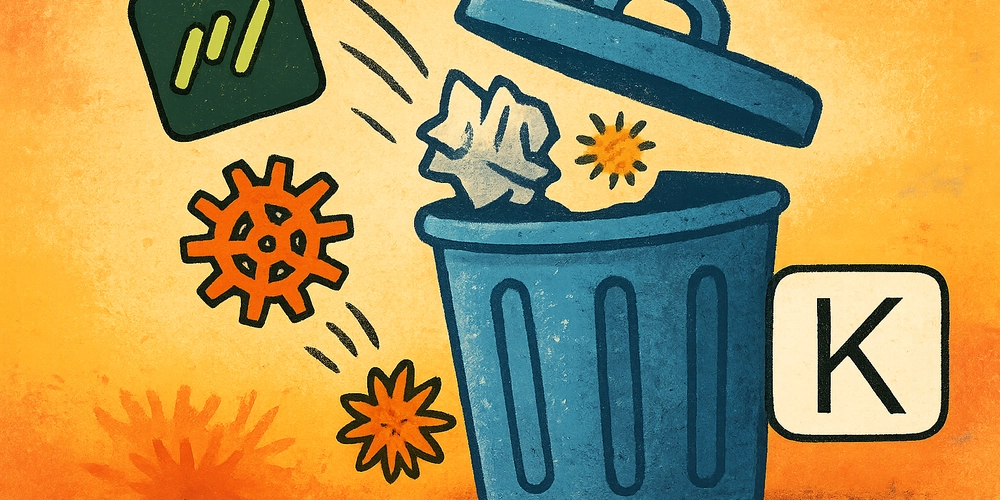
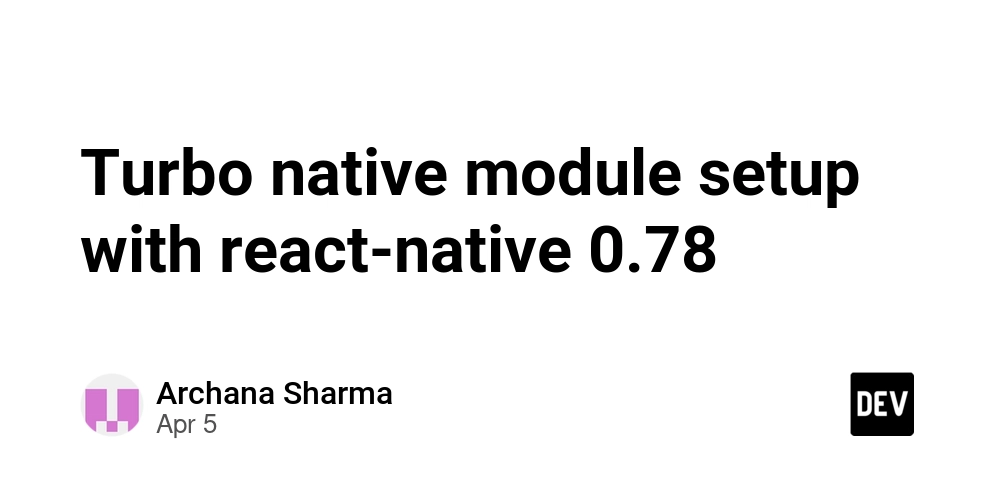
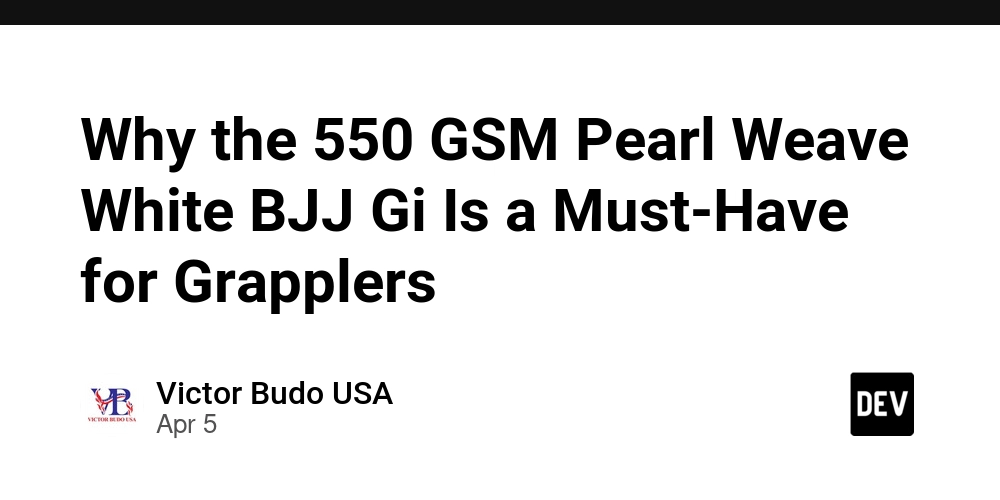














![From drop-out to software architect with Jason Lengstorf [Podcast #167]](https://cdn.hashnode.com/res/hashnode/image/upload/v1743796461357/f3d19cd7-e6f5-4d7c-8bfc-eb974bc8da68.png?#)





































































































.png?#)





.jpg?#)































_Christophe_Coat_Alamy.jpg?#)










































































































![Rapidus in Talks With Apple as It Accelerates Toward 2nm Chip Production [Report]](https://www.iclarified.com/images/news/96937/96937/96937-640.jpg)


















